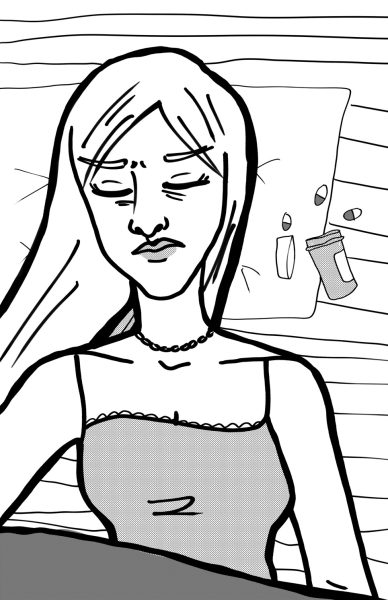“Their” rights are human rights, too
While “they” is commonly associated with a group of people, “they” can also refer to an individual.
“Why?” asks your internal Grammar Nazi. But why not? Gender doesn’t have to be compartmentalized into merely male and female like we were brainwashed to believe. You can be whoever you want to be and identify as whatever best describes who you are as long as you respect others, too.
Heteronormativity is wrong and dangerous
I was taught that a person can only be a male or a female and that there was no in between. Boys are boys and girls are girls—that was a concrete fact, or at least I thought it was a fact. Heteronormativity has been deeply ingrained in our culture, and it is quite perturbing.
Why should males be automatically assumed as masculine and females feminine?: This idea epitomizes heteronormativity’s toxicity. The mere thought that people fall into distinct categories is wrong and to further that idea by believing they have to adhere to roles and characteristics associated with those categories is even worse.
Further, the repercussions of heteronormativity can be avoided by merely erasing all gender-based stereotypes and being open-minded.
Time and time again on Twitter, I see retweeted posts of LGBTQ people harassed and bullied for being LGTBQ and not heteronormative. Thankfully, California has enumerated anti-bullying laws that protect students based on their sexual orientation and gender. However, states like Texas, Ohio, and Utah have not passed enumerated anti-bullying laws.
Heteronormativity makes coming out difficult and, more importantly, dangerous.
According to the Pew Research Center survey in 2013, about 58% of 1,197 surveyed lesbian, gay, bisexual and transgender (LGBT) adults say they’ve been the target of slurs or jokes. Further, of those 1,197 LGBT adults say they were rejected by a family member or close friend at some point in their life.
Pronouns are a way LGBT youth and adults alike can feel safer.
Power of pronouns
Second to one’s name, the pronouns people go by are what they’re commonly referred to. Cisgender individuals—those who identify as who they are biologically—have it easy. Cis men and cis women go by he/him/his and she/her/hers, respectively. Now, gender non-conforming individuals share this luxury.
With Oxford and Merriam-Webster acknowledging the “singular they,” gender-nonconformists have the appropriate language to identify themselves beyond their name. They/them/theirs is an integral part of identifying as gender nonconforming.
If you’re having a hard time accepting the idea of the “singular they,” it’s literally in dictionaries. It doesn’t get more accurate than that.
How do you avert yourself for struggling with pronouns? It’s best if you either straight up ask what pronouns a person goes by or tell someone your pronouns upfront when you first meet them. Ask and tell. A person’s pronoun is just as sweet of a sound as their name, so use them appropriately.













